
Filter News
Area of Research
- (-) Materials (39)
- Advanced Manufacturing (3)
- Biological Systems (3)
- Biology and Soft Matter (1)
- Building Technologies (2)
- Chemical and Engineering Materials (2)
- Chemistry and Physics at Interfaces (6)
- Clean Energy (41)
- Computational Chemistry (1)
- Energy Frontier Research Centers (7)
- Functional Materials for Energy (6)
- Fusion Energy (1)
- Geographic Information Science and Technology (2)
- Isotope Development and Production (1)
- Materials Synthesis from Atoms to Systems (5)
- Materials Under Extremes (6)
- Neutron Data Analysis and Visualization (2)
- Neutron Science (10)
- Nuclear Science and Technology (6)
- Quantum Condensed Matter (2)
- Reactor Technology (1)
- Supercomputing (20)
- Transportation Systems (2)
News Type
News Topics
Media Contacts

Engines, laptops and power plants generate waste heat. Thermoelectric materials, which convert temperature gradients to electricity and vice versa, can recover some of that heat and improve energy efficiency. A team of scientists at the Department of Energy’s Oak Ridg...

Quasiparticles—excitations that behave collectively like particles—are central to energy applications but can be difficult to detect. Recently, however, researchers have seen evidence of quasiparticles called negative trions forming and fading in a layer of semiconducting mate...


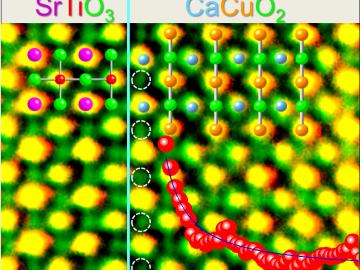

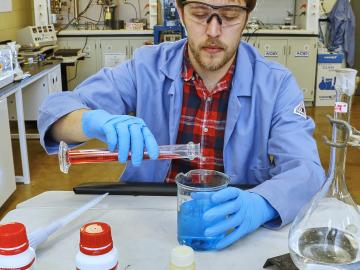
A catalyst being developed by researchers at the Department of Energy’s Oak Ridge National Laboratory could overcome one of the key obstacles still preventing automobile engines from running more cleanly and efficiently. The mixed oxide catalyst could solve the ...
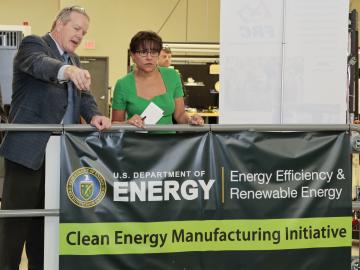
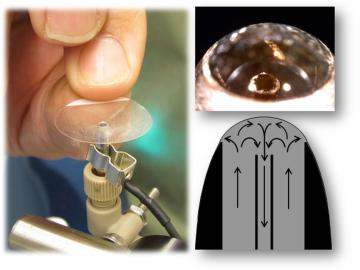
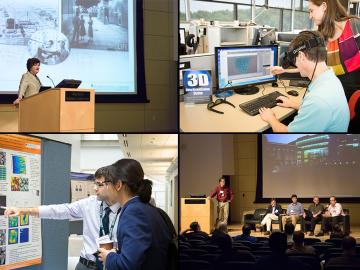
In the Stone, Bronze and Iron Ages, the state of the art of materials science defined technology’s zenith and accelerated economies. Now, in the Information Age, data is beginning to drive the development of advanced materials, from photovoltaics for solar energy and superconductors for efficient el...


